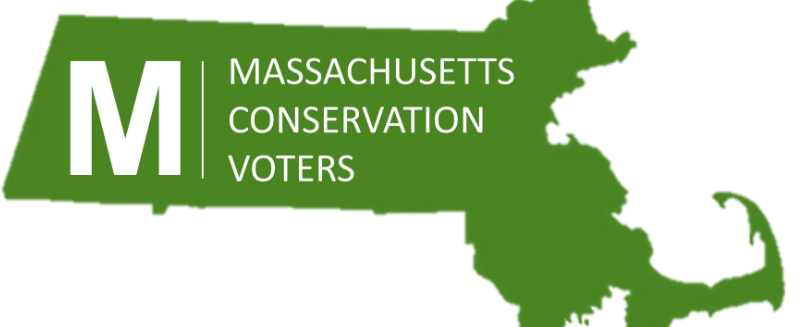Mass Audubon president prods Legislature for more parks funding
Jon Chesto | The Boston Globe | March 14, 2022
When David O’Neill took over as president of Mass Audubon nearly two years ago, the COVID-19 pandemic had just hit the state. But the fight for land preservation dollars was well underway.
In the ensuing two years, those two issues became intertwined. Environmental advocates such as O’Neill argued that the pandemic underscores the need to protect the state’s open spaces, which proved their immense worth when indoor recreation opportunities were essentially shuttered.
The job required O’Neill to quickly get up to speed on the Byzantine world of Massachusetts state government. His career had been in the Washington, D.C., area, most recently as chief conservation officer at the National Audubon Society. (With its $37 million annual budget and 125-year history, Mass Audubon is the largest and oldest independent affiliate of the national group.
O’Neill said the state Legislature only set aside about $15 million for land preservation in the first round of allocating federal American Rescue Plan Act funds. Now, Mass Audubon and several other like-minded environmental groups are gearing up for round two.
“We just think this was a big miss,” O’Neill said. “We saw communities that were struck by COVID in the harshest ways are often the communities that have the least amount of open space . . . I often say nature has been a prescription for COVID. It’s certainly a prescription for better health and a cleaner environment.”
Mass Audubon was one of eight organizations that coauthored a letter last week to the top budget writers in the Legislature, including ways and means co-chairmen Representative Aaron Michlewitz and Senator Michael Rodrigues. The letter urges them to include at least $210 million for investments in open space in the next round of rescue plan allocations.
In that letter, the environmental groups cite a December report from UMass Donahue Institute that shows Massachusetts ranks last out of all states on per-capita spending of state and local governments for parks and recreation.
To read the full story, click here
